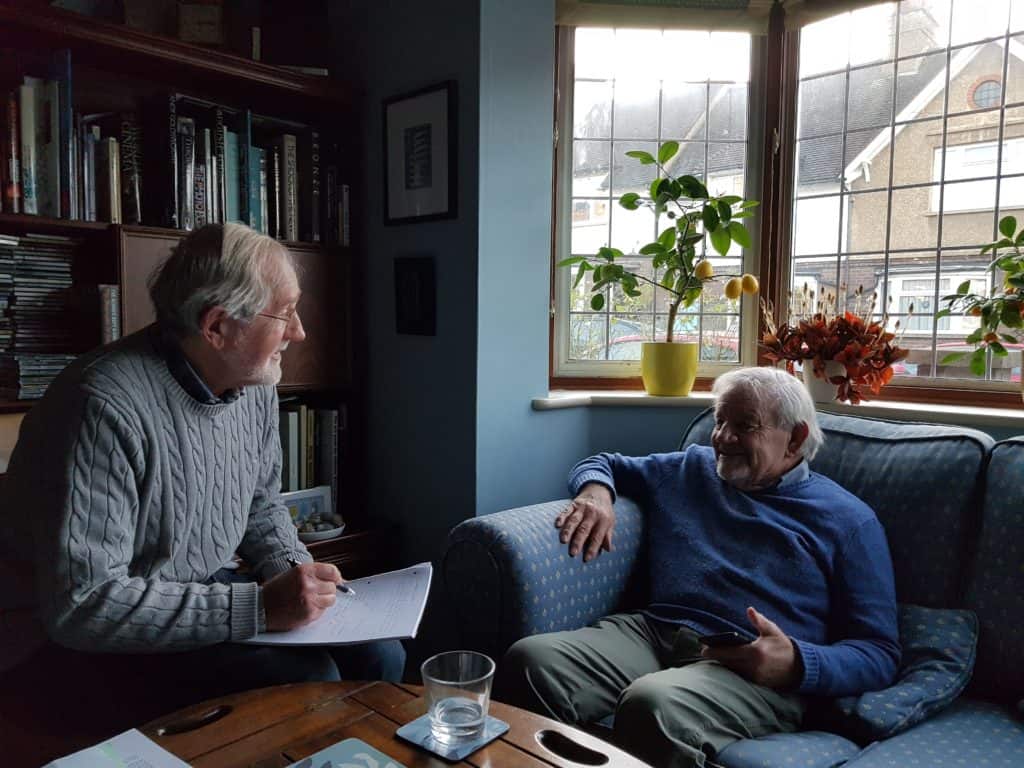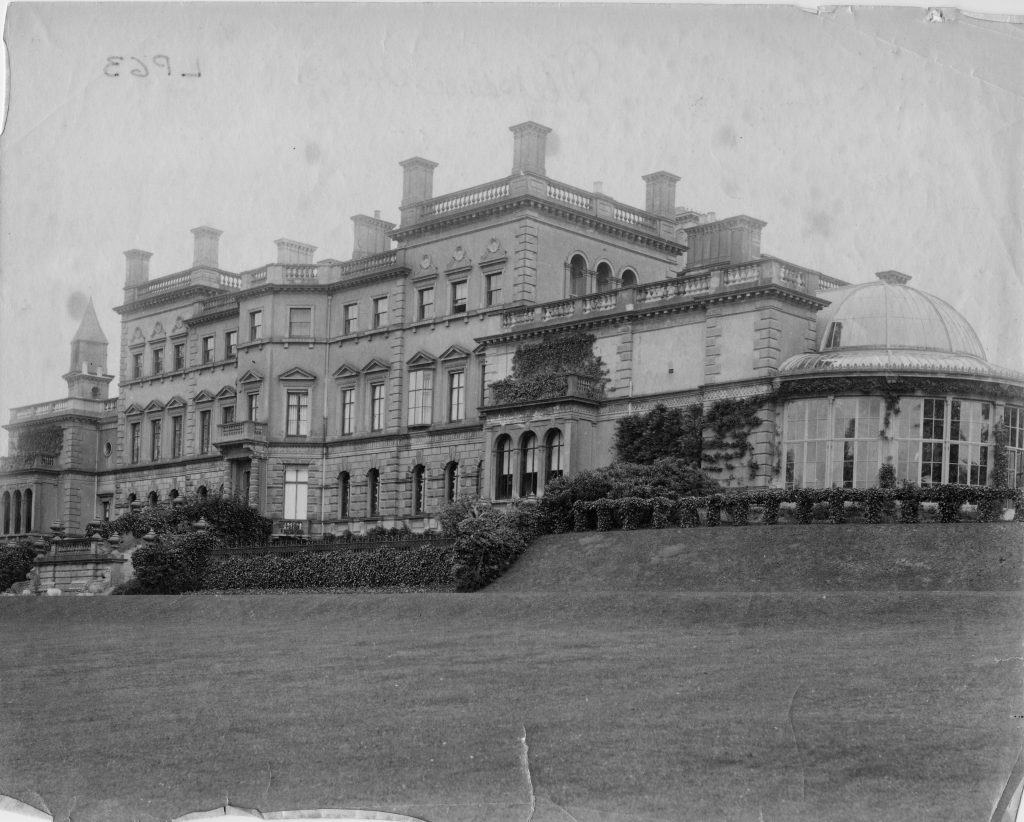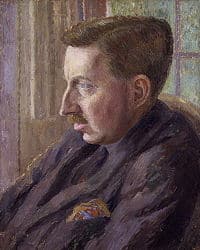We define local history to be: the people who lived here, the places in which they lived, the people who visited here and painted or talked or wrote about their time here.
Some of the residents of Dorking and the surroundings areas are world famous. Some of the residents of Dorking never left the street in which they were born. All of their stories are equal in terms of local history and we have gathered together a fraction of them.
The houses and buildings of Dorking and the surrounding areas range from the world famous to tiny two-roomed terraces. We have highlighted some of the more notable buildings.
Dorking has been home to famous writers, both those who lived here permanently and those who passed thorugh.
Personal Histories

We have a full archive of photographs and memoirs, with each one telling a completely different story, all linked by this area.
Oral Histories

Oral history is the centuries old method of preserving history. One person telling their own story in their own words.
The team at Dorking Museum collects stories from all backgrounds to ensure people’s history is not lost. Everyone has a story to tell – and by recording those stories we are able to discover more about the past and perhaps challenge our view of it.
The Great Estates

In 1649 the Duke of Norfolk’s surveyor remarked on Dorking’s ‘pleasant hills and… salubrious air’. In 1652 the Duke’s son created a small estate at ‘Dibden’ (Deepdene). By the 1740s word had spread. Emmanuel Bowen’s map proclaimed the air of ‘Darking’ the sweetest in England.
As travel grew swifter and more comfortable, the new wealthy of London built country residences within coaching distance of their business interests. Farms were incorporated into the estates of merchants and financiers who sought to ‘improve’ the landscape. Chart Park had hanging gardens, Bury Hill ornamental lakes, and the Deepdene an ornamental ruin. Elements of these naturalistic but artificial park landscapes can still be seen today.
Resident Writers in Dorking

Dorking and the surrounding villages are rich in literary associations and many authors and poets are recorded as having visited the neighbourhood. George Meredith, Fanny Burney, E. M. Forster all lived and worked in the Dorking area. Other writers and poets visited the area and based scenes from novels on the local landscape.
E. M. Forster by Dora Carrington, oil on canvas, 1920. NPG 4698. © National Portrait Gallery, London
Visiting Writers to Dorking

Dorking has offered a temporary home to many writers. From those who were educated here, to those that lodged here, to those who used Dorking and the surrounding areas as a location in their books.
Daniel Defoe by Michael Vandergucht, after Jeremiah Taverner, line engraving, published July 1703. NPG D14278. © National Portrait Gallery, London

